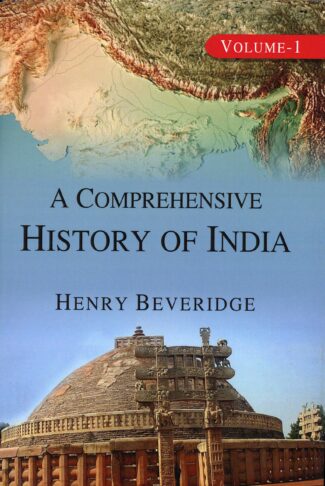

A Comprehensive Hist...
A Comprehensive History of India Volume 1
by: Henry Beveridge$72.00
ISBN: 9789392443107
Year Of Publication: 2023
Edition: 2nd
Pages : xiv, 912
Bibliographic Details : Index
Language : English
Binding : Hardcover
Publisher: Suryodaya Books
Size: 23
Weight: 1140
Published in 1862, Beveridge’s A Comprehensive History of India is an important landmark in the historiography in modern India. In writing it Beveridge did not trust to previous compilations but derived his materials as much as possible from original and official sources. Written after due research in a perspicuous style, Beveridge has narrated the history of India beginning with its earliest period and continued to be mutiny of 1857, thus making his history a complete and comprehensive history of India. Besides, Beveridge’s interpretation of history is more objective and impartial than many historians of India who wrote before and after him. As a result it became possible for Beveridge to see the many events of Indian history without being biased. That is why Beveridge will find today more readers than, say, historians like Mill’s and Vincent Smith.
“A Comprehensive History of India Volume 1” Cancel reply
- Agneya-Kona of Bharatavarsha by: Jitamitra Prasad Singh Deo $40.00
The book focuses on the cultural developments of Agneya-Kona (the south-east India) and their contributions to the development of humanity, and highlights the concocted history of Bharatavarsha, especially of Agneya-Kona.
The author projects many artefacts to substantiate his theory. Many archaeological findings Þ the pre-historic rock painting of Gudahandi, images of female figurines, along with circular discs, and nude female figurines are cases in point. Female principle was worshipped in the Mahanadi Valley both in aniconic and iconic forms.
Agneya-Kona has contributed significantly to the growth of the tantric worship. In the pre-historic rock painting of Gudahandi, there is a trace of Yoga, especially Kundalini Yoga. The book details the spiritual and yogic culture of Orissa, the formative phase of Purushottama Jagannatha culture, the impact of Narasimha culture, yoni tantra traditions of the Central Mahanadi Valley and the spiritual relationship of Kalahandi with Candipur Tara-Pitha of Birbhum.
A Sumerian temple that imbibed the form of Lord Purushottama Jagannatha is in highlight, and the author makes a strong statement that the culture of the region is older than the Sumerian Civilization.
The book is a source of inspiration for archaeologists and historians, who want to study more about south-east India, and students, teachers and researchers of arts and culture. - Artisans and Craftsmen of Northern India by: Kuldeep Singh Thind $40.00
The basic aim of the book is to expose the major contributions of artisans and craftsmen in portraying the society in different perspectives. These artisans and craftsmen, were drawn mostly from the shudras, lower caste of the community, suppressed and have-nots section of the society, but were highly talented. The work is also designed to create interest among the reader and scholars alike, to understand the society of the period under reference through the immortal art of these creative people. The artisans such as potters, weavers, carpenters, architects, sculptors, brick-makers, metallurgy and metal workers, leather workers, painters, and the workers engaged in the profession of ivory, glass and mirror, perfume and cosmetic, musical instrument, oil, salt and liquor makers, etc. were the heroes of that time, who not only met the day-to-day requirement of the then society, but also portrayed different aspects of their life, in its true color, through their workmanship. It was the architect who designed and constructed houses to live in, as well as water tank, well and channel, royal building, stupa, temple and fort, bridge, pillar and rock-edict etc., which met the need of the society.
Today, we feel proud of the rich heritage of old Indian art and architecture, credit for which solely goes to the then artisan who crafted immortal creations. However, the invaluable contribution made by the historians in immortalizing their creations, by putting them in black and white, is no less important. It is the historian, whose mighty pen has immortalized not only Ashoka the great, as a king but also the creators of the stupas of his times on equal footings. It is with this aim in view that the present book has been presented to the posterity, in order to pay rich tributes to the creators of our rich cultural heritage.
Unluckly there was no proper institutionalized provision for the education of artisans and craftsmen, so generally the former adopted the occupation of their parents and hereditary skill was enhances as it was transferred from father to son, and generation to generation. Contemporary sources reveal that the social stautus of artisan class was based on the nature and economic conditions of a particular profession. - Interstate Relations in Northern Indian by: Shiva G. Bajpai $47.00
The book thus delves deep into the philosophies of both Bdaryaa and akara in enunciating the essential features of Brahman and Its association with the world. It thus discusses topics such as what sort of cause Brahman is?, and what sort of material causality is to be ascribed to It? It also addresses the conflicting views on the nature of Brahman like that of Vivarttavda and of Rmnuja’s Sagua-Brahman.
- Central Narmada Valley by: G.L. Badam $54.00
The book The Central Narmada Valley: A Study in Quaternary Palaeontology and Allied Aspects is the first attempt at studying a small stretch of the valley from a multidisciplinary point of view incorporating the results of archaeology, geology, palaeontology and taphonomy. New techniques and parameters have been applied to study and re-interpret these areas. This book also summarizes the morphology, distribution pattern and evolutionary history of certain extinct animals in relation to cultural development. With the help of modern analogies, the book attempts to build up a palaeoecological model for Narmada and its surrounding areas including some of the rock shelter sites. The book extends the dimensions of understanding the life history of Narmada and its tributaries, not only by discovering and reinterpreting various biological and cultural events, but also by seeking to understand varied aspects like river behaviour, flood history and man-land relationship during the past. The book should prove useful to students and researchers of river valley cultures in general and to those of Narmada Valley in particular.
- Archaeology of Mayurbhanj by: Prabodh Kumar Mishra $20.00
Mayurbhanj, the leading princely state of Orissa in the pre-independence days, heroically encountered the twists and turns of history under the peacock-emblemed Bhanjas and continued to flourish for many centuries as an independent sub-regional kingdom, enriching Orissan history and culture in the tribal-dominated region. Today, the splendour of ancient Mayurbhanj (Khijjinga mandala) can be sought in its archaeological treasures that is, fascinating Stone Age tools, copper plate inscriptions, Roman, Kushana and Gupta coins, and spectacular monuments with intricate sculptural work. Professor P.K. Mishra, in this book, attempts to delve into the rich antiquity of Mayurbhanj as evident in its archaeological discoveries that have had a great impact on Orissan culture. The author discusses how under the patronage of enlightened rulers like Maharaja Sriramachandra Bhanj Deo and Purna Candra Bhanj Deo, committed archaeologist-scholars like Kamakshya Prasad Bose, R.P. Chanda, Sailendra Prasad Bose undertook pioneering and painstaking efforts to lay bare Mayurbhanjs ancient wealth. He unfurls the story of Mayurbhanjs discovery in a vivid and interesting account while, at the same time, providing new light on the archaeological excavation and conservation. This work, explaining the rich, intricate past of an area of historical importance, is bound to inspire as well as provide useful information to scholars and researchers involved in Indian history. A very lucid language with constant flow and about 50 photographic representations enhance the value of the book.


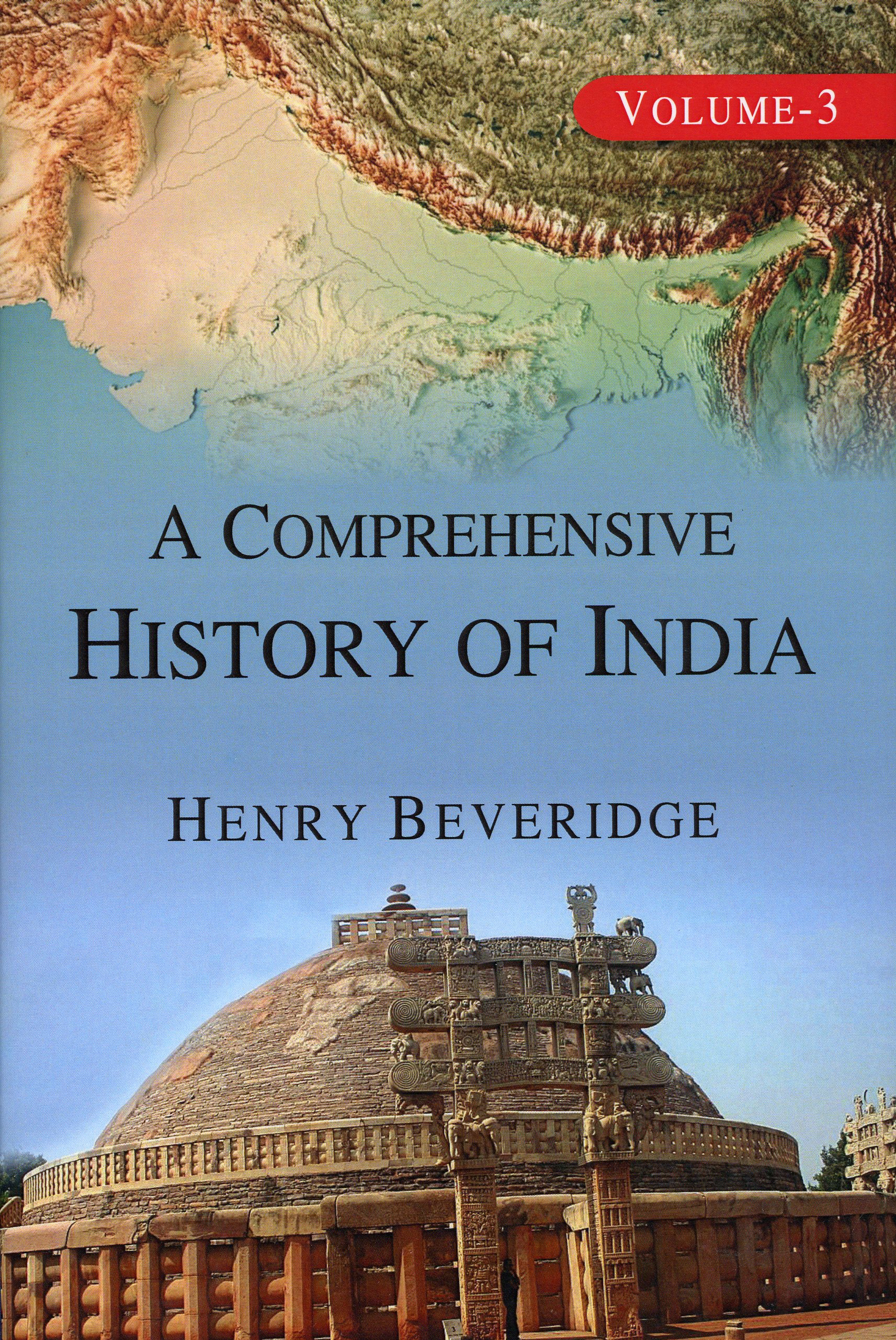
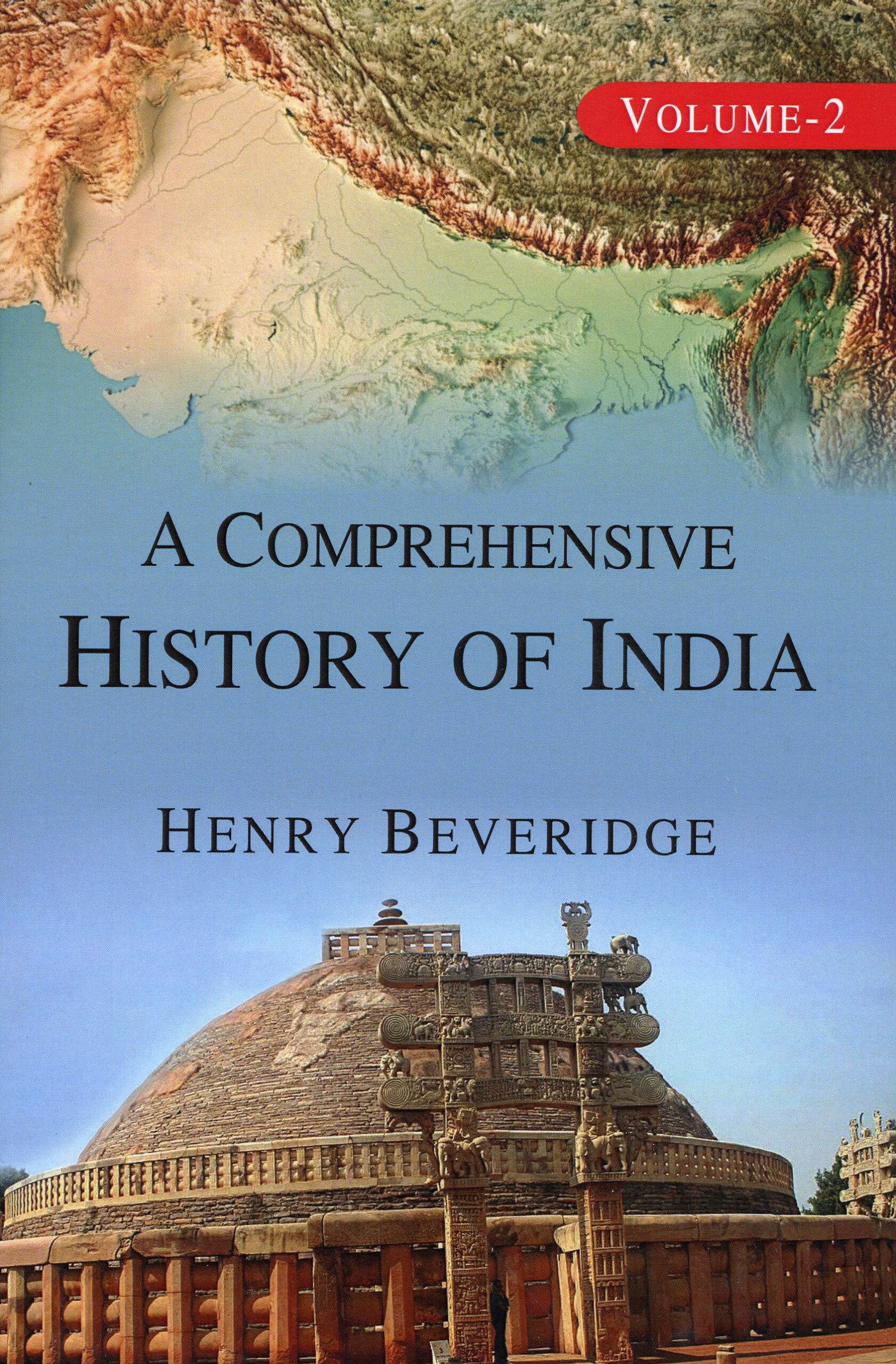
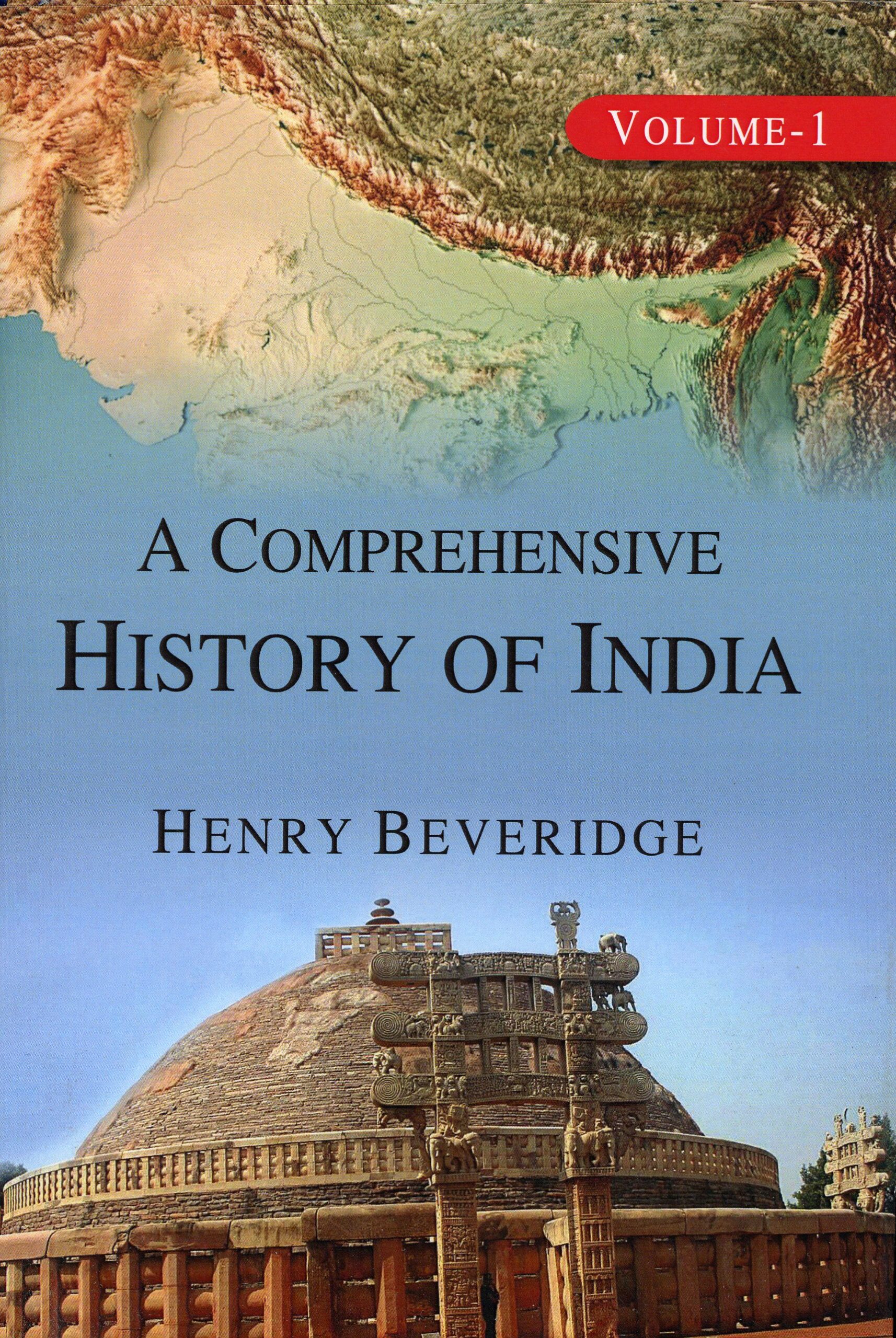
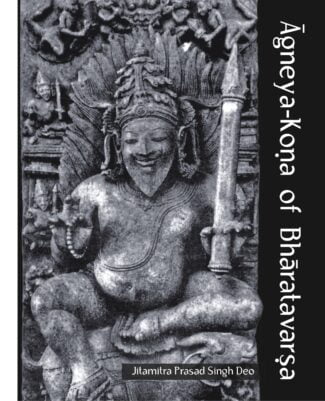
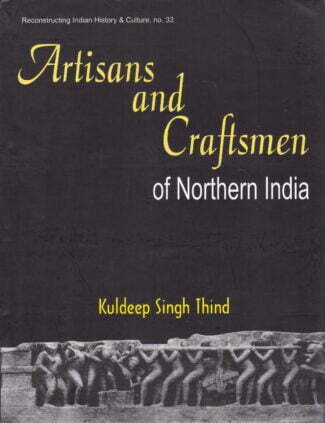
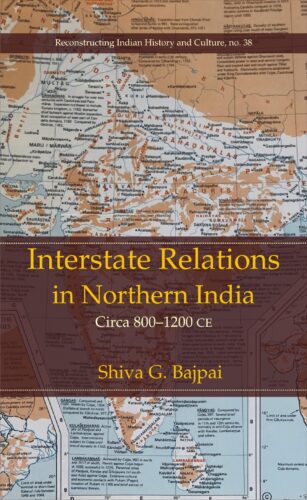
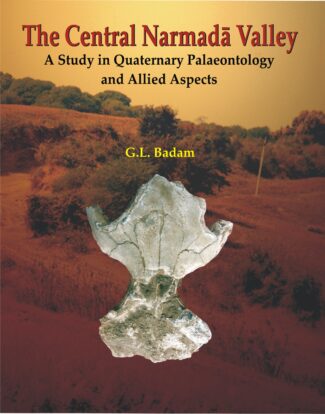

There are no reviews yet.